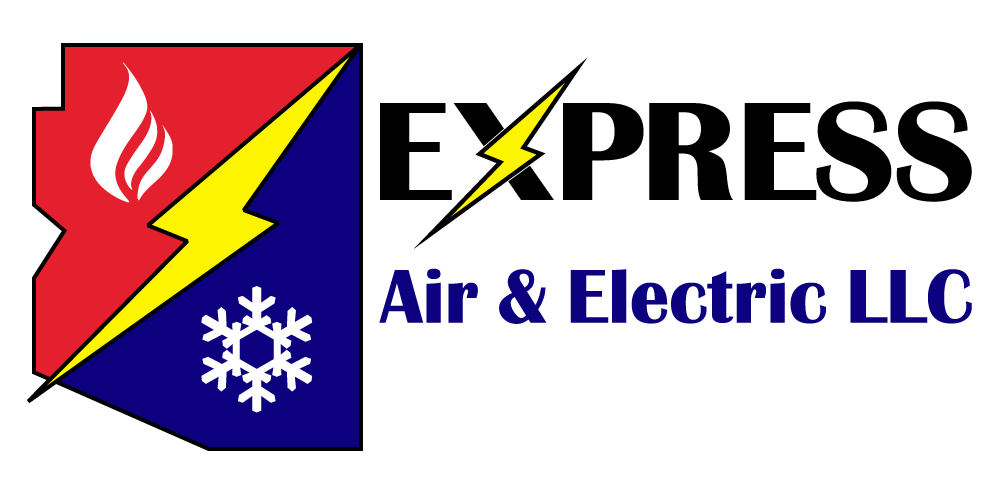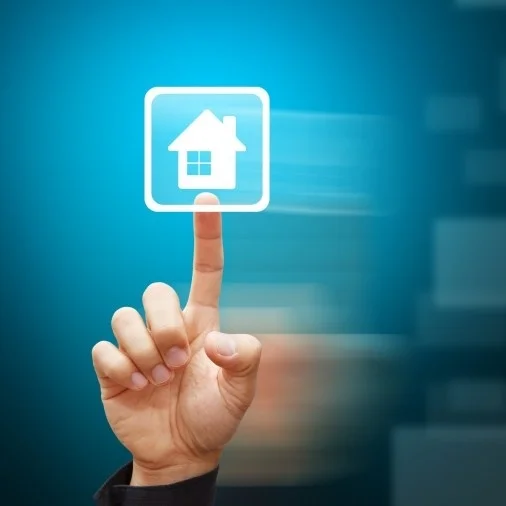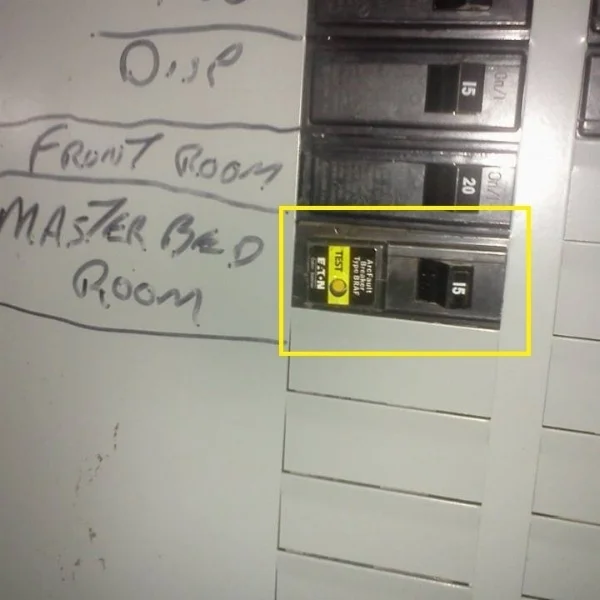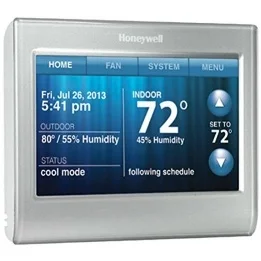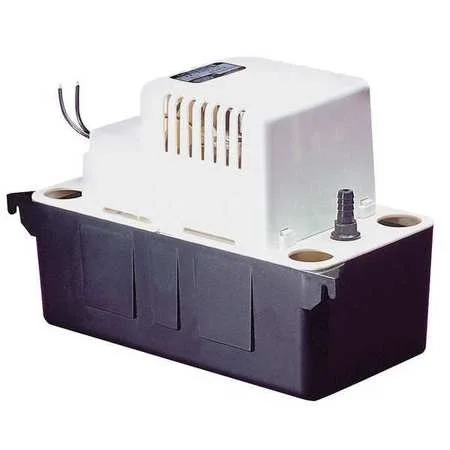There is a reason they call it 'smart'.
If your home still has incandescent bulbs, an older HVAC, outdated appliances or you leave lights and appliances on when you aren't using them, there might be help on the horizon.
It may not come as a surprise to you that researchers estimate that Americans waste about 61 percent of the energy in the US. Imagine if you could cut your electric bill by 61 percent!
Although this statistic includes the energy lost by every sector of the society, home and businesses are places within our control.
Here are some tips and natural changes that could help you find ways to cut energy costs.
Efficiency guaranteed appliances [Energy Star]
Though we presently have a plethora of choices when it comes to buying electrical appliances or equipment, we have to take care to choose the efficiency of a particular product over the aesthetic and less essential qualities. Energy Star has been a standard to judge energy-efficient equipment for more than 20 years; hence, it would make immense sense in valuing the applicable product rating. High initial cost is again an inconvenience here. But the payback time frame from the energy savings because of higher efficiency is just two years, which proves it is hands down a natural choice to make if you can afford the capital outlay.
Switching to LEDs
If you are still using traditional incandescent bulbs for your lighting purposes, now might be the time to switch. The advancements in fluorescent and LED technology have rendered the high energy consuming bulbs a less attractive option. On a broad scale, it appears that LED and other new technologies have a higher cost ratio, which is only because of the slightly elevated initial cost of investment. An incandescent bulb compared to a LED is subjected to six times more watt usage per hour; that means an LED of the same capacity would require just $3 for its working rather than the $18 needed for an incandescent bulb for the same time span. The average lifespan of a standard LED lighting system would be close to 25,000 hours compared to the measly 1000 – 1200 hour lifespan of an incandescent bulb. CFL’s are also a viable option with its efficiency close to that of LED bulbs, but due to the continued dramatic decrease of LED costs, they now stand as the go-to product for lighting systems.
Smarter Homes
The majority of the energy wasted in our homes is due to lack of supervision, i.e., all the times we forget to switch a light or an appliance off. Through cutting-edge development in the field of home automation, this is no longer a problem. Smart home technologies could save you thousands of dollars in the long run even though it would cost you more than using traditional methods in the beginning.
These just touch the surface of the developments in energy efficiency. Smart home integration with solar panels and solar heaters reduces the average daily usage of energy for lighting and heating by one-half. Insulating your home with regularly maintained central heating minimizes the temperature dependent wastes. Taking these steps will not only help you protect our resources and environment, but it also boosts the ambiance of your living conditions.
For all of your heating, cooling and electrical needs call 602-362-9763
